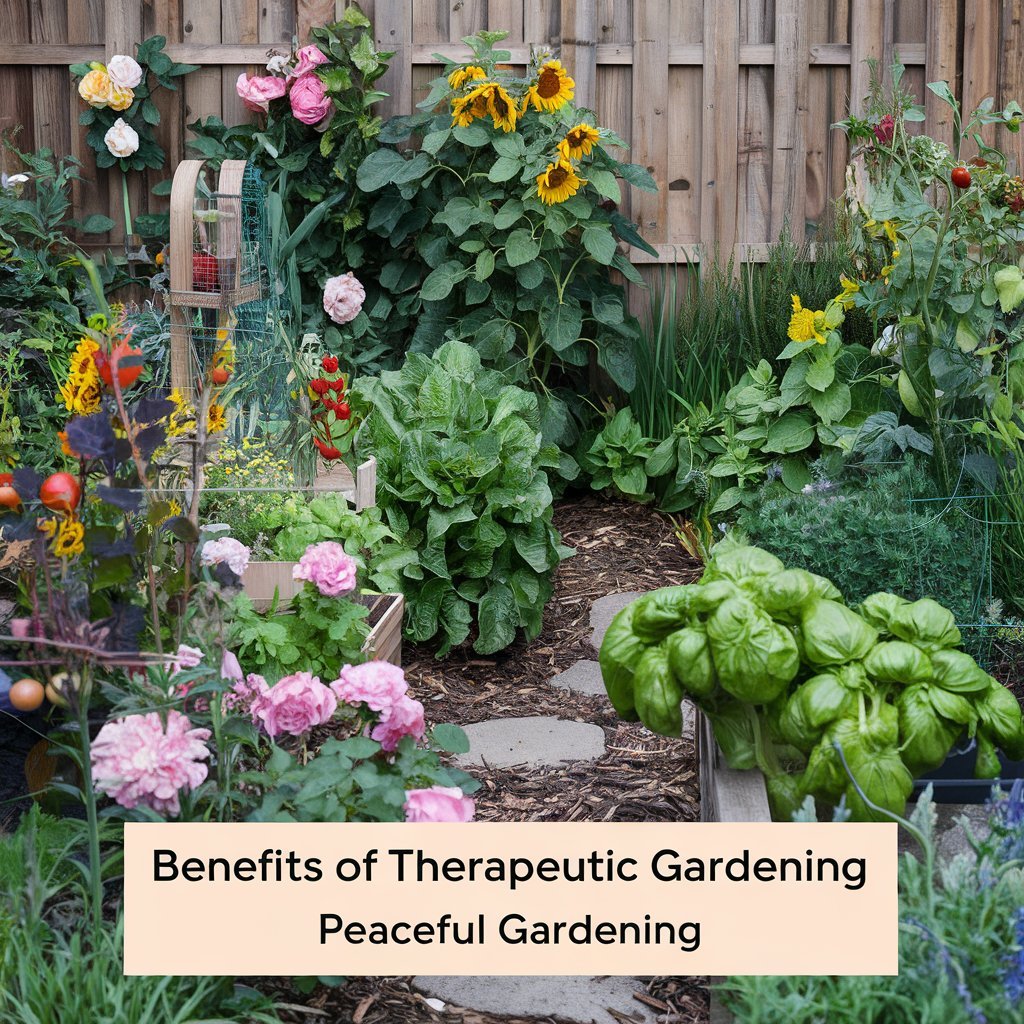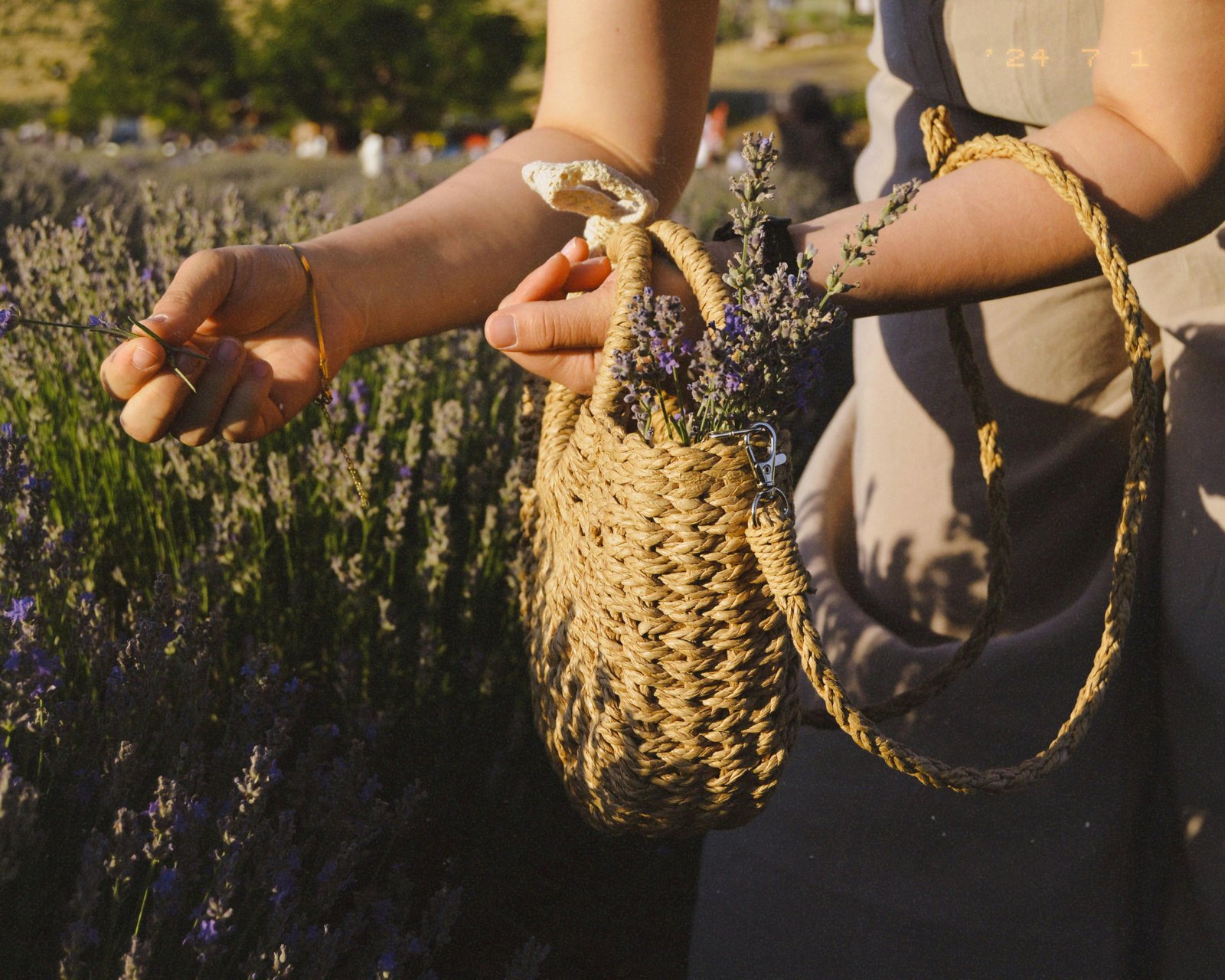Key Takeaways
- Grasping the concept of healing through gardening
- Main advantages of gardening for wellness
- Techniques for engaging in therapeutic gardening
- Indoor gardening for therapeutic benefits
- Principles for designing a therapeutic garden
- Real-life examples and success narratives
Understanding Therapeutic Gardening
Therapeutic gardening encompasses various practices aimed at enhancing well-being through interaction with nature. This engaging form of horticultural therapy allows individuals to connect with therapeutic gardens, fostering a sense of peace and purpose. The numerous benefits of therapeutic gardening are evident as gardeners cultivate plants, explore their creativity, and nurture life. Horticultural therapists often design these spaces to maximize therapeutic benefits, ensuring that each garden offers a unique environment conducive to healing. Botanical gardens serve as inspiring examples, showcasing the powerful impact that thoughtfully designed green spaces can have on mental, emotional, and physical health. The therapeutic benefits of gardening are profound, transforming the act of planting and caring for a garden into a pathway for rejuvenation.
Definition and Overview of Therapeutic Gardens
Therapeutic gardens are specially designed spaces that promote well-being through interaction with nature. These gardens can take various forms, such as community gardens, flower gardens, or vegetable gardens. They often feature a variety of plants, including herbs and other medicinal plants, specifically chosen for their therapeutic benefits. The benefits of therapeutic gardening extend beyond the physical act of planting; they create a nurturing environment that fosters a positive therapeutic relationship between individuals and their surroundings.
The design of a therapeutic garden incorporates elements that engage the senses and invite participation. Whether it’s a botanic garden filled with colorful flowers or a vegetable garden designed for hands-on cultivation, each space offers unique opportunities for healing. Engaging with the earth through gardening can significantly impact mental and emotional health, providing a sense of purpose and connection. By cultivating plants such as herbs or vegetables, participants can experience the joy of nurturing life while reaping the many benefits of therapeutic gardening.
The Role of Nature in Wellbeing
Nature plays a crucial role in enhancing well-being, offering a multitude of health benefits through various forms of therapeutic gardening. Engaging with community gardens or tending to a potted plant can provide an opportunity for individuals to connect with their environment. Horticulture therapy has been shown to improve physical health by promoting movement through activities like weeding and planting. Activities such as farming and creating herbal tea can foster a sense of tranquility, making nature an impactful ally in one’s journey towards wellness. Visiting places like the Naples Botanical Garden can also inspire individuals in their therapeutic gardening efforts.
The incorporation of nature into daily routines encourages individuals to step outside and interact with plants, which can significantly boost mental and emotional health. Cultivating a therapeutic garden allows participants to immerse themselves in the joys of nurturing healthy soil, applying fertilizers, and managing weeds. These hands-on treatments not only support physical activity but also contribute to a sense of accomplishment and joy. Embracing the benefits of therapeutic gardening creates a fulfilling relationship with nature, fostering both personal growth and community connections.
| Nature Activity | Benefits | Recommended Locations |
|---|---|---|
| Community Gardening | Improves physical health and social connections | Local parks and community centers |
| Horticulture Therapy | Enhances mental well-being and promotes physical activity | Therapeutic gardens, hospitals, and wellness centers |
| Nature Walks | Boosts mood and reduces stress | National parks, nature reserves, botanical gardens |
| Gardening at Home | Fosters a sense of accomplishment and tranquility | Backyards, balconies, and windowsills |
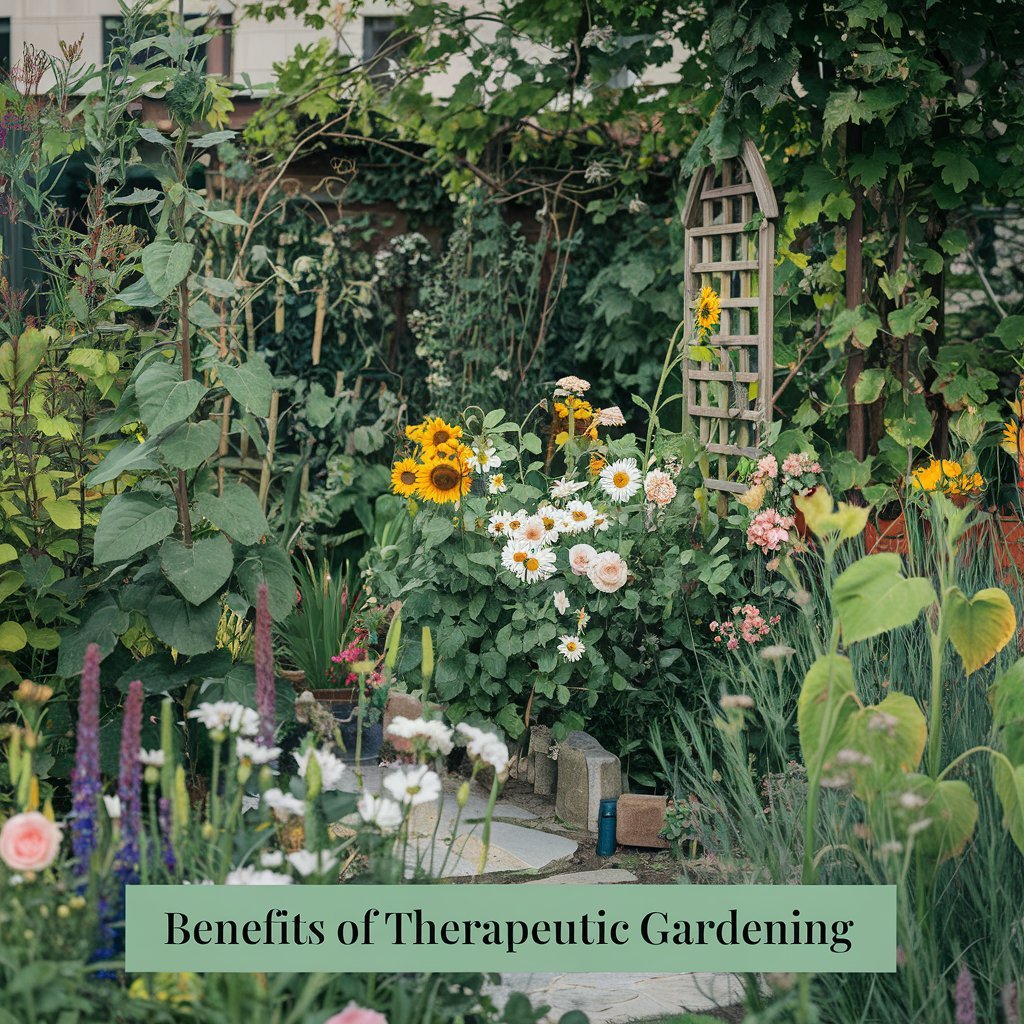
Key Benefits of Therapeutic Gardening
Therapeutic gardening offers a multitude of benefits that enhance overall well-being. Engaging with sensory gardens filled with vibrant flowers, lush greenery, and carefully designed hedges can stimulate the senses and promote relaxation. The thoughtful garden design encourages interaction with nature, fostering a feeling of tranquility and joy. Roof gardens and other horticultural spaces provide opportunities for individuals to connect with plant sciences and discover the therapeutic effects of tending to shrubs and other flora. Through initiatives like the national garden scheme, more people can experience the profound mental and emotional health benefits of therapeutic gardening. The combination of nature and nurturing through gardening reinforces the myriad benefits of therapeutic gardening, making it a valuable practice for all.
Physical Health Advantages
Engaging in gardening activities offers numerous benefits of therapeutic gardening that positively affect physical health. The act of planting, nurturing, and harvesting promotes regular movement, which can enhance cardiovascular fitness and improve muscle strength. Garden designs that include accessible pathways and raised beds can enable individuals of varying mobility levels to participate in therapeutic gardening projects. These inclusive designs ensure that everyone can enjoy the physical activity involved, contributing to the overall success of therapeutic gardening indoors or outdoors.
Therapeutic garden characteristics play a crucial role in supporting various physical benefits. These gardens encourage individuals to engage in outdoor activities, which can help reduce stress levels and foster a sense of overall well-being. By rating gardening benefits, one can observe improvements in various health metrics, such as reduced blood pressure and increased stamina. Emphasizing therapeutic garden projects that focus on physical engagement can lead to healthier lifestyles for participants. Ultimately, the connection between physical activity and therapeutic gardening is a vital component of fostering health and vitality.
- Increases overall physical activity levels
- Enhances flexibility and balance
- Promotes better coordination and motor skills
- Provides a source of fresh, nutritious produce
- Reduces the risk of chronic diseases
- Improves mental health through physical engagement
- Encourages social interaction and community building
Mental Health Benefits
Engaging in gardening-related activities significantly contributes to improved mental health. Numerous studies highlight the benefits of therapeutic gardening as a means to alleviate stress and anxiety. Active gardening fosters a sense of accomplishment and purpose, often leading to feelings of joy. Therapeutic gardens serve as spaces where individuals can connect with nature and themselves, enriching their emotional resilience. By participating in various gardening activities, such as planting or maintaining a garden, individuals can create routines that promote mindfulness.
Therapeutic garden design plays a crucial role in enhancing mental well-being. Well-planned healing gardens not only offer visual beauty but also provide sensory experiences that can elevate mood and reduce feelings of isolation. Gardening programs that include horticultural therapy practice often yield more profound benefits, as the structured activities encourage social interaction. Many gardening activities create a sense of belonging within a gardening community. The established horticultural therapy history shows that consistent gardening routines can lead to enhanced overall mental health and life satisfaction.
Emotional Wellbeing through Gardening
Engaging in a gardening project can offer significant emotional benefits, enhancing overall well-being. Individuals participating in horticultural therapy programs often experience increased feelings of relaxation and contentment. Techniques from various horticultural therapy concepts encourage mindfulness and present-moment awareness. Accessible gardening options allow a wider range of participants to reap these therapeutic benefits, providing an inclusive environment for connection and growth.
The busy day gardening approach nurtures a sense of accomplishment and purpose, as participants witness their efforts bloom and thrive. Monthly gardening advice can assist those involved in horticultural therapy settings to maintain their activities effectively. A well-structured horticultural therapy business can bridge the gap between emotional health and gardening, making emotional recovery and expression attainable through nature. By incorporating targeted horticultural therapy techniques, individuals find solace and joy in the act of nurturing plants and cultivating beauty.
Therapeutic Gardening Practices
Creating effective therapeutic gardening practices involves understanding the specific needs of horticultural therapy participants and collaborating with a dedicated horticultural therapy team. Successful garden designs often integrate past gardening experiences while considering horticultural therapy requirements to maximize the benefits of therapeutic gardening. The structure of horticultural therapy programming plays a crucial role in facilitating engaging horticultural therapy sessions for diverse gardening groups. Incorporating rehabilitative healing gardens can enhance emotional and physical well-being. Education provided by a horticultural therapy association ensures that participants gain valuable insights into plant care and garden maintenance and fosters a supportive environment within the horticultural therapy group. These elements combine to create a holistic approach that celebrates the myriad benefits of therapeutic gardening.
| Therapeutic Practice | Description | Benefits |
|---|---|---|
| Mindfulness Gardening | Engaging in gardening tasks while focusing on the present moment. | Reduces anxiety, improves mood, and enhances mental clarity. |
| Community Gardening | Collaborative gardening efforts within a group or community. | Fosters social connections, promotes teamwork, and encourages sharing of skills. |
| Eco-Therapy | Connecting with nature through gardening in a natural setting. | Improves emotional well-being, reduces stress, and enhances creativity. |
| Therapeutic Plant Care | Learning about maintaining different plant species. | Boosts self-esteem, builds responsibility, and provides a sense of accomplishment. |
Techniques for Creating a Therapeutic Garden
Creating a therapeutic garden involves integrating elements that cater to the diverse needs of garden users. Garden settings should promote mindfulness and provide spaces for various garden-related activities. Incorporating herbal plants can enhance the sensory experience and contribute to the overall benefits of therapeutic gardening. Collaboration with horticultural therapists ensures that the garden design aligns with therapeutic goals, accommodating the needs of different gardeners. Implementing a communal gardening program fosters social interaction and nurtures a sense of community, enhancing the therapy experience.
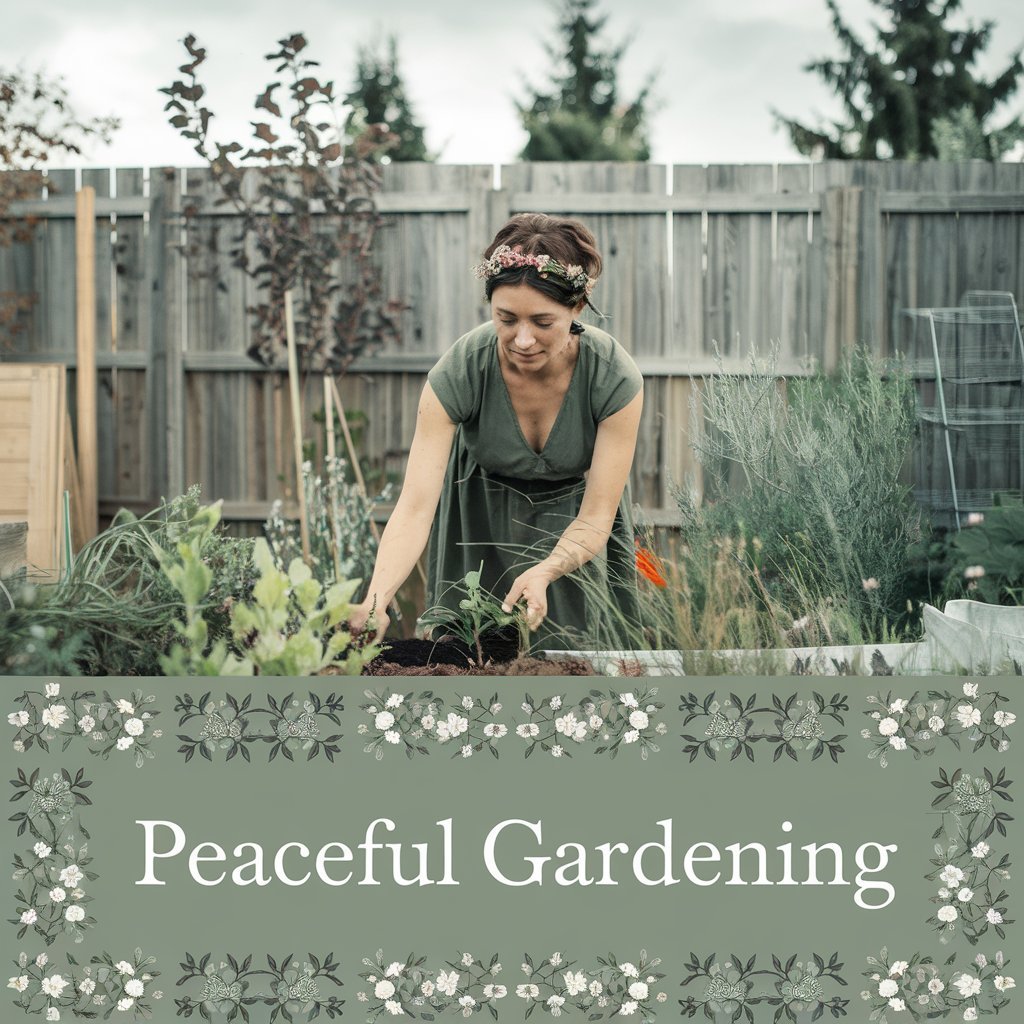
Successful therapeutic gardens require careful planning and consideration of the horticultural therapy curriculum. Incorporating features that support accessibility is vital for all participants, making it easier for individuals with varying abilities to engage in gardening activities. Collaborating with horticultural therapists helps in developing programming spaces that offer a variety of options for different users. Therapeutic gardens can serve as effective spaces for both individual reflection and group activities, maximizing the emotional and mental health benefits of therapeutic gardening.
Suitable Plants for Therapeutic Gardens
Selecting the right plants is essential to maximizing the benefits of therapeutic gardening. Therapeutic landscapes can feature a variety of flora that appeals to the senses and enhances well-being. New gardeners can benefit from easy-to-maintain plants like herbs and flowering perennials, which offer both aesthetic and therapeutic quality. Utilizing adaptive gardening tools makes garden maintenance more accessible for all, ensuring that fellow gardeners can enjoy the process and the therapeutic results of their efforts.
A pot garden is an excellent option for those with limited space, providing flexibility and convenience. These small-scale gardens allow individuals to engage in therapy yield while experimenting with different therapeutic options. Incorporating a mix of flowering plants, aromatic herbs, and lush foliage can create a visually stimulating environment that promotes relaxation and mindfulness. By focusing on the right plant selections, therapeutic gardening becomes an enjoyable journey for both experienced and novice gardeners alike.
Therapeutic Gardening Indoors
Indoor therapeutic gardens offer numerous benefits of therapeutic gardening that enhance well-being regardless of outdoor space availability. Enabling gardens in home settings allow individuals, including non-gardening residents, to engage in therapeutic horticulture activities that promote relaxation and stress relief. Incorporating different herbs and plants creates a sensory-rich environment, while garden visits to such indoor spaces can inspire creativity and connectivity with nature. Master gardeners often lead therapeutic horticulture programs that educate participants about effective gardening practices, ensuring that common gardening missteps are avoided. These therapeutic horticulture projects use garden organic practices to create sustainable features, ultimately serving as a powerful therapeutic tool for mental and emotional health.
Benefits of Indoor Therapeutic Gardens
Indoor therapeutic gardens offer numerous benefits of therapeutic gardening despite their smaller scale compared to outdoor garden settings. These gardens provide a unique opportunity to engage with appropriate plants and therapeutic activities within the comfort of one’s home. Participants in a therapeutic horticulture program can explore various therapeutic horticulture activities designed to foster connection with nature, creating a calming environment that aligns with therapeutic horticulture goals. Whether it’s tending to plants or creating a labyrinth garden, the beneficial effects on mental and emotional well-being are significant.
The versatility of indoor spaces allows for different garden types that can be tailored to individual preferences and needs. Incorporating elements such as herbs, flowers, or succulents can enhance the experience of gardening indoors. Practicing therapeutic gardening indoors promotes a sense of accomplishment and encourages mindfulness. These interactions within an indoor setting contribute to overall wellness while maintaining the essence of gardening, making it an ideal therapeutic horticulture endeavor for urban dwellers or those with limited outdoor access.
- Enhances mood and reduces feelings of stress and anxiety
- Encourages creativity and self-expression through planting and design
- Improves cognitive function and memory through regular interaction with plants
- Promotes physical activity and fine motor skills when engaging in gardening tasks
- Provides a sensory experience through the scents, colors, and textures of plants
- Fosters social connections when shared with family or friends
- Can be customized to fit small spaces, making it accessible for everyone
Tips for Designing Indoor Therapeutic Spaces
Designing indoor therapeutic spaces offers unique benefits of therapeutic gardening, promoting both mental and physical well-being. Fresh garden produce can be cultivated even in limited settings, making it accessible for garden lovers who may not have outdoor space. Integrating therapeutic horticulture practices into indoor environments can yield beneficial results, creating restorative gardens that nurture the mind. Those seeking a horticultural therapy certificate can utilize their knowledge to facilitate plant care effectively, fostering a tranquil atmosphere that enhances the overall experience.
Choices play a crucial role in the design of indoor therapeutic spaces. Selecting the right plants is essential for engaging with the environment and benefiting from therapeutic landscapes network concepts. A thoughtful arrangement of greenery not only beautifies the space but also encourages a sense of peace and relaxation. Incorporating elements like designated planting areas and comfortable seating allows individuals to immerse themselves in the calming effects of their surroundings, making the most of the benefits of therapeutic gardening while enjoying the pleasures of indoor gardening.
Therapeutic Garden Design Principles
Effective therapeutic garden design incorporates various elements that enhance the healing experience while focusing on the benefits of therapeutic gardening. Creating spaces that promote participation in horticultural activities such as weeding and planting in flower gardens allows individuals to engage meaningfully with their own garden. These rehabilitation gardens can be tailored to improve both mental and physical health by facilitating an immersive experience in nature. Therapeutic horticulture practitioners utilize specific therapeutic horticulture techniques to ensure that gardens grow in a way that fosters well-being. Incorporating features that encourage responsibility and social interaction can further elevate the positive impact of a horticultural activity program, ultimately enhancing the overall therapeutic experience.
Elements of Effective Therapeutic Garden Design
Effective design in therapeutic gardens incorporates outdoor plants that enhance the healing properties of the space. A therapeutic horticulture practitioner should consider the benefits of therapeutic gardening when selecting plants and layout. Integrating various elements, such as water features or pathways, can enhance the therapeutic process. Personal gardens designed around specific therapeutic goals can offer remarkable benefits, transforming any outdoor setting into a nurturing environment conducive to plant-related activities.
Creating inviting therapeutic settings relies on utilizing innovative solutions, such as those offered by gardentech® brands. These solutions can improve accessibility and encourage participation in horticulture therapy activities. Incorporating diverse textures, colors, and scents into garden design provides sensory stimulation that supports emotional and mental well-being. Emphasizing these design elements ensures that garden spaces align with the positive benefits often associated with therapeutic gardening, making them both enjoyable and beneficial for the users.
Accessibility in Therapeutic Gardening
Creating accessible therapeutic gardens enhances the overall benefits of therapeutic gardening for individuals of all abilities. Central gardens designed with inclusivity in mind allow everyone to participate in gardening activities, such as planting dry flowers or engaging in horticulture therapy programs. With the support of local master gardeners, unique gardens and programming can be established that cater to the needs of diverse participants. Incorporating accessible pathways and raised planting beds ensures that all individuals can enjoy the hands-on teaching garden and experience the joy of garden time.
Access to well-designed garden environments significantly contributes to the general benefits of therapeutic gardening. Thoughtfully planned therapeutic horticulture sessions can help foster a sense of community and connection among participants. Impressive gardens serve as both a source of inspiration and a place for relaxation, where individuals can enjoy the sensory experiences that come with gardening. Focused efforts in developing accessible features not only enhance participants’ physical abilities but also promote an inclusive atmosphere for everyone involved in garden activities.
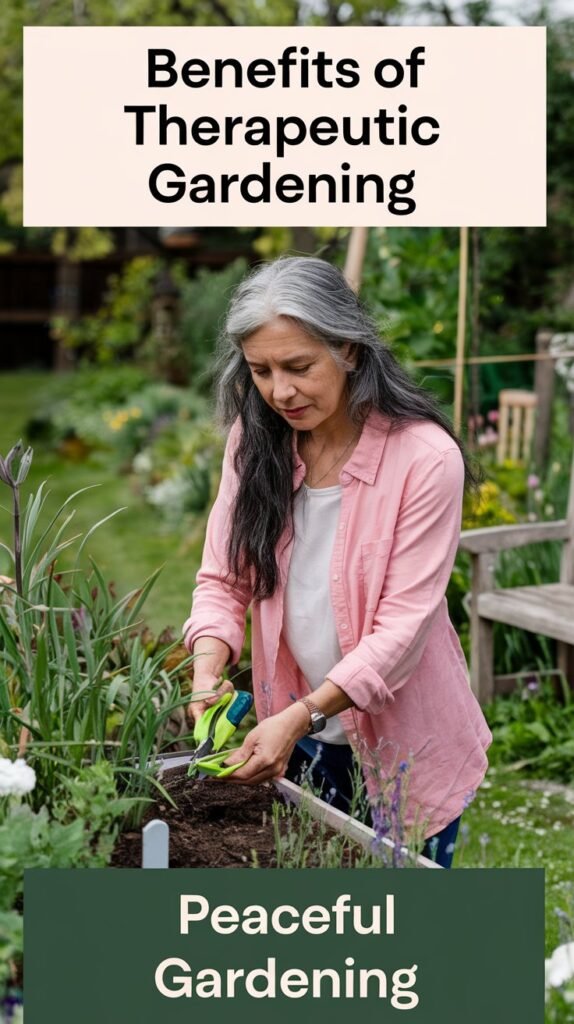
Case Studies and Success Stories
Real-life examples highlight the benefits of therapeutic gardening and showcase its impactful role in various therapy settings. A well-documented case study involved a horticultural program implemented in a senior living community, where residents engaged in gardening activities. The therapeutic design of the garden space not only facilitated social interactions but also improved participants’ physical health and emotional well-being. Therapy history indicates that such interventions can lead to significant therapy effects, demonstrating the potential benefits of incorporating nature into daily routines. These success stories underline the transformative power of gardening as a therapeutic tool, revealing the profound benefits of therapeutic gardening for individuals seeking healing and connection.
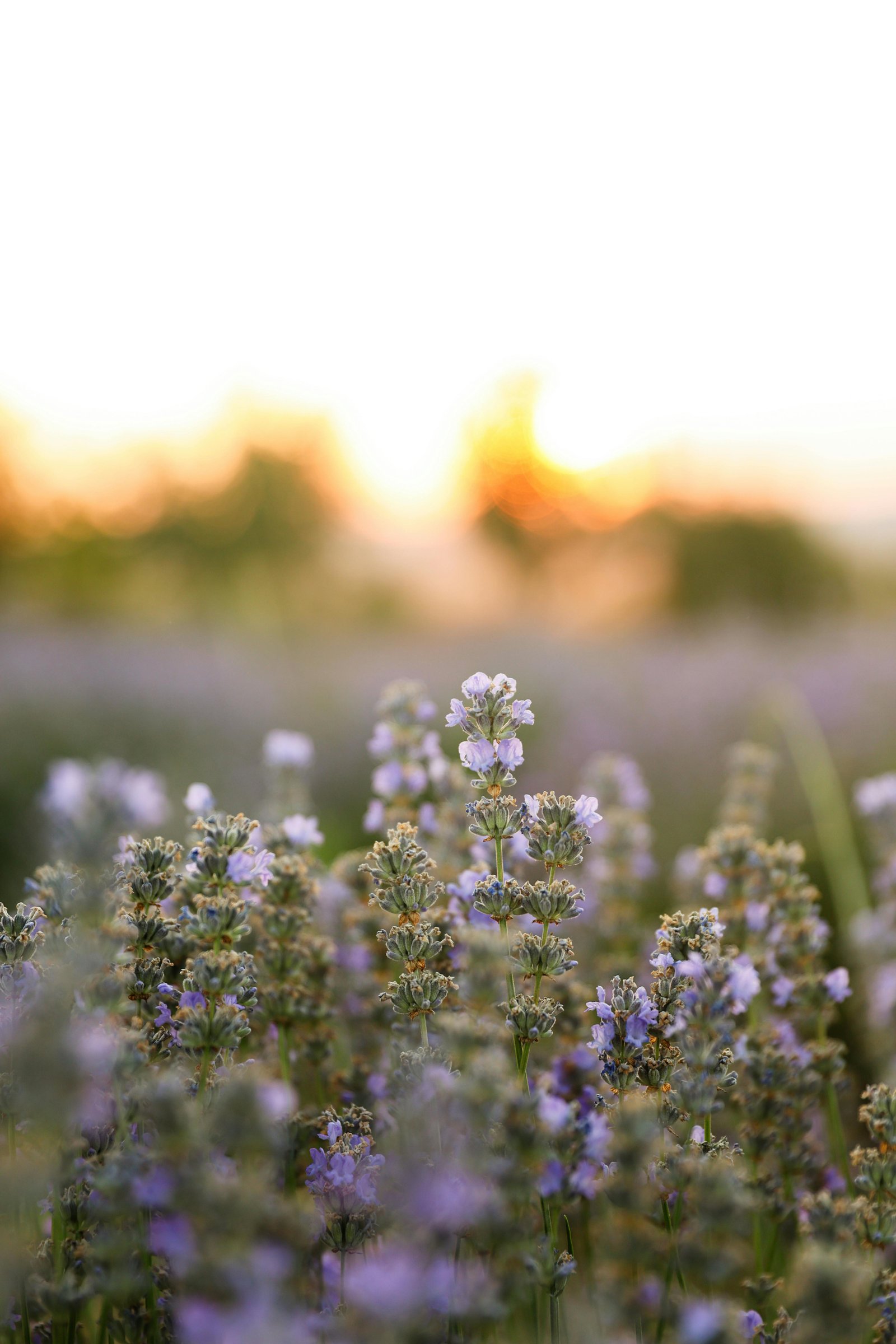
Tips for Getting Started with Therapeutic Gardening
Start by choosing the right plants for therapeutic gardening, such as lavender or chamomile, which have calming properties. Create a designated space for your garden, ensuring it is easily accessible and comfortable for you. Incorporate sensory elements like different textures, scents, and colors to enhance the therapeutic experience. Lastly, don’t forget to maintain your garden regularly, as the act of caring for plants can be therapeutic in itself.
Conclusion
The exploration of therapeutic gardening reveals a multitude of benefits that can enhance both individual and community well-being. Engaging with nature through a botanic garden, a community garden, or even a vegetable garden nurtures a therapeutic relationship with our environment. Planting a diverse array of plants, including herbs and flowers, can evoke feelings of tranquility and joy. The integration of herb and vegetable gardens not only promotes physical health but also enriches mental clarity and emotional resilience. By understanding the unique qualities of different gardens, individuals can cultivate spaces that serve not just as a source of sustenance but also as a sanctuary for healing and growth, highlighting the profound benefits of therapeutic gardening.
FAQS
What are the key components of successful therapeutic gardening programs and how do they utilize horticultural therapy activities?
Successful therapeutic gardens/programming spaces often incorporate various elements of horticultural therapy to create beneficial programs. These programs utilize gardening activities such as weeding and planting, which not only improve access to garden environments but also enhance therapeutic activity. Education in horticultural therapy history and credentials can further support the development of these therapeutic gardens, providing insights into effective gardening choices and practices.
How can individuals access therapeutic garden environments to improve their well-being through horticultural therapy activities?
Individuals can access therapeutic gardens that focus on horticultural therapy activities to improve their well-being. These gardens offer a range of therapeutic horticulture activities designed for various physical and mental health needs. Many successful garden programs are equipped with credentials and education in horticultural therapy, providing a space where participants can engage in indoor gardening, weeding, and other activities that promote a sense of responsibility and connection to nature. The history of horticultural therapy shows that these therapeutic gardens can significantly enhance the overall mental and emotional health of participants.
How do therapeutic garden activities improve mental health and wellness through horticultural therapy?
Therapeutic gardens are designed to enhance mental health and wellness by providing an environment where individuals can engage in horticultural therapy activities. These activities, such as weeding and planting, not only improve physical health but also promote emotional well-being. The history of horticultural therapy shows that accessing garden environments can lead to successful therapeutic outcomes. By participating in these gardening activities, individuals gain a sense of responsibility and accomplishment, further benefiting from the therapeutic horticulture activity. As a result, therapeutic gardens have become an essential part of horticultural therapy education, offering various therapeutic options for mental health improvement.
How can therapeutic gardens be utilized to enhance well-being and what activities can be included in these spaces?
Therapeutic gardens can be utilized to improve mental and physical health by providing engaging horticultural therapy activities. These gardens often include various elements such as labyrinth gardens and indoor gardening options, which can enhance the experience and offer individuals choices for participation. Access to therapeutic gardens and the proper understanding of horticultural therapy history can contribute to the successful implementation of these spaces, allowing for a variety of activities, such as weeding and other gardening responsibilities, that improve overall well-being.
What historical developments have led to the establishment of successful therapeutic gardens and how can individuals access these garden environments for horticultural therapy?
The history of horticultural therapy has played a crucial role in the establishment of successful therapeutic gardens, where individuals can access garden environments designed to improve wellness through various horticulture therapy activities. These gardens utilize gardening responsibilities and activities such as weeding to promote mental health. Access to these environments can vary, but many community programs and educational institutions now focus on creating garden spaces that welcome individuals seeking therapeutic benefits.
What are some effective ways to incorporate indoor gardening activities in therapeutic gardens to enhance well-being?
Incorporating indoor gardening activities within therapeutic gardens can significantly enhance well-being by engaging participants in horticulture therapy activities. These activities, such as weeding and maintaining plants, not only improve mental health but also promote a sense of responsibility and connection to nature. Successful garden designs often include choices like a labyrinth garden or various therapeutic gardens that feature diverse horticultural therapy activities, emphasizing the historical importance of horticulture therapy in wellness programs.
How can individuals choose the right therapeutic garden activities that improve well-being and utilize horticultural therapy effectively?
Selecting the right garden therapeutic activities involves understanding the unique benefits each option offers. Therapeutic gardens can be utilized to enhance well-being through various horticultural activities such as weeding, planting, or maintaining a labyrinth garden. These choices not only improve mental health but also promote a sense of responsibility and enjoyment in gardening. Effective therapeutic gardens often incorporate a blend of indoor gardening and outdoor activities that cater to diverse preferences and therapeutic needs. Additionally, a background in horticultural therapy history may provide useful insights into the most successful garden practices.
How has the history of horticultural therapy influenced the development of therapeutic gardens and the gardening activities that can be utilized within these spaces?
The history of horticultural therapy has significantly shaped the development of therapeutic gardens, leading to various successful garden designs that support well-being. Therapeutic gardens often include activities such as weeding, planting, and maintaining plants, which are designed to improve mental health and facilitate relaxation. Over time, as the credentials and practices in horticultural therapy have evolved, individuals have been able to make informed choices about indoor gardening activities that enhance their experiences in these gardens. These therapeutic gardens not only serve recreational purposes but also promote responsibility and connection with nature, making them valuable for overall wellness.
What are the benefits of utilizing therapeutic gardens for improving mental health and well-being through various horticultural therapy activities?
Therapeutic gardens have been shown to significantly improve mental health by providing a calming environment where individuals can engage in horticultural therapy activities. These gardens serve as a unique space where individuals can focus on responsibilities related to gardening, thereby enhancing their well-being. The history of horticultural therapy demonstrates how these environments can be effectively utilized to promote mental wellness, incorporating activities such as weeding and indoor gardening. Successful therapeutic gardens offer a variety of choices in activities that cater to individual needs and preferences, ultimately fostering a greater connection with nature and improving overall mental health.
How have therapeutic gardens evolved over time, and what impact do horticultural therapy activities have on individuals’ emotional well-being?
Therapeutic gardens have a rich history that showcases their evolution and significance in promoting mental health. The focus on horticultural therapy has led to the successful design of spaces where individuals can engage in various activities, such as gardening and weeding, which not only improves their emotional state but also fosters a sense of responsibility towards their environment. As the history of horticultural therapy demonstrates, these gardens serve as therapeutic landscapes that can be utilized effectively to enhance well-being, showcasing the profound benefits of such gardening interventions.
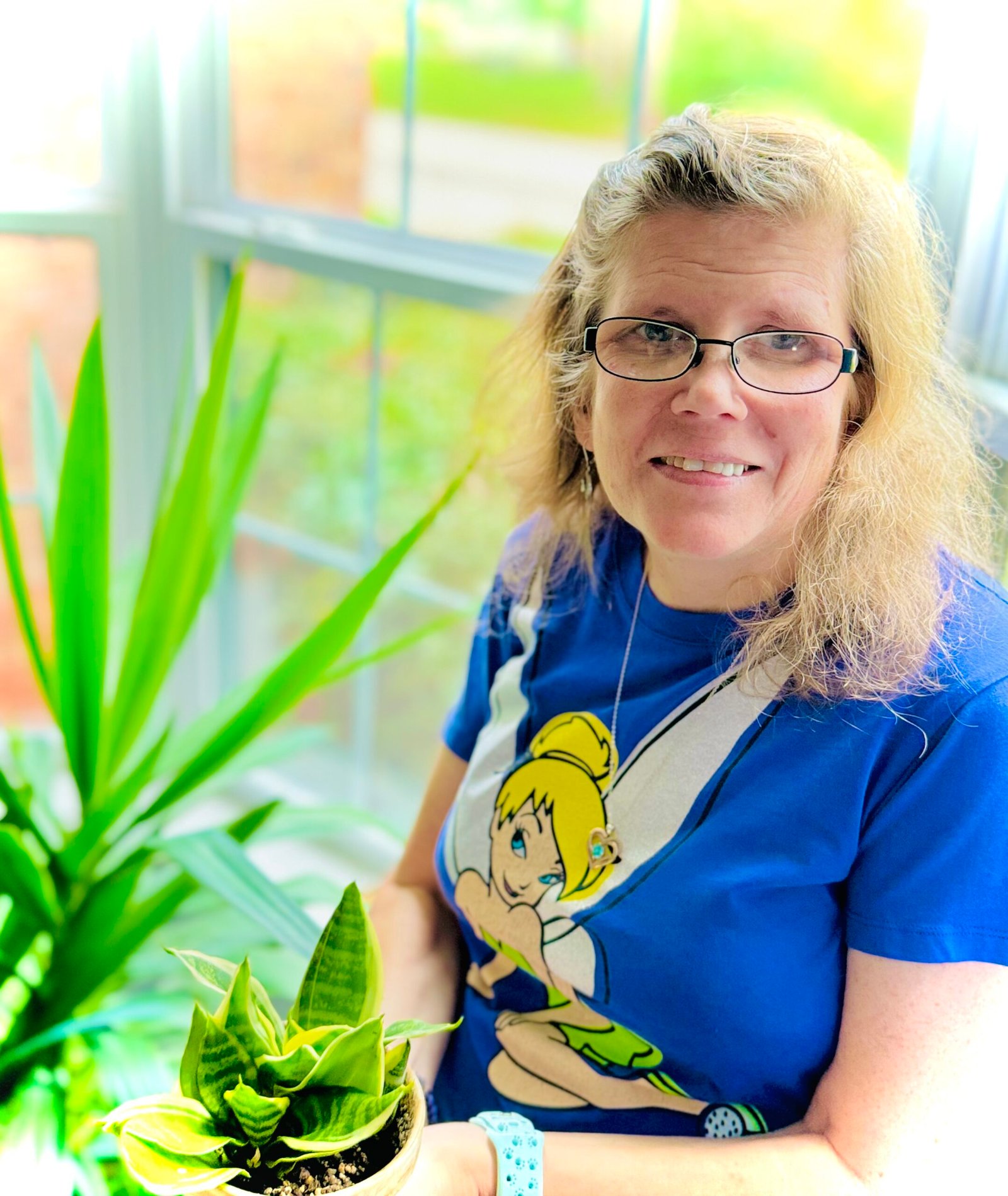
My name is Michelle Warren, and I’m the founder of Peaceful Gardening. As a 10-year breast cancer survivor, I’ve discovered the profound therapeutic power of gardening. This journey has not only helped me recover but has also become my passion and a source of ongoing peace and joy.
Peaceful Gardening was born from my desire to share the healing benefits of gardening with others. Whether you’re facing health challenges, dealing with stress, or simply looking to connect more deeply with nature, this space is for you.
Over the past decade, I’ve cultivated not just plants, but a deep understanding of how gardening can positively impact mental health. I’ve worked with local community gardens, led workshops on mindful gardening practices, and collaborated with mental health professionals to develop gardening-based stress reduction programs.
Peaceful Gardening was born from my desire to share the healing benefits of gardening with others. Whether you’re facing health challenges, dealing with stress, or simply looking to connect more deeply with nature, this space is for you.
Here, you’ll find evidence-based advice on using gardening as a tool for mindfulness, stress relief, and emotional healing. I share personal stories, practical tips, and scientifically-backed information on how to create your own therapeutic garden space, no matter the size of your yard or balcony.
My mission is to help you discover the joy, peace, and healing that comes from nurturing plants and connecting with nature. Join me in exploring how the simple act of tending to a garden can transform your mental and emotional wellbeing.
Welcome to Peaceful Gardening – let’s grow together towards better mental health!”

